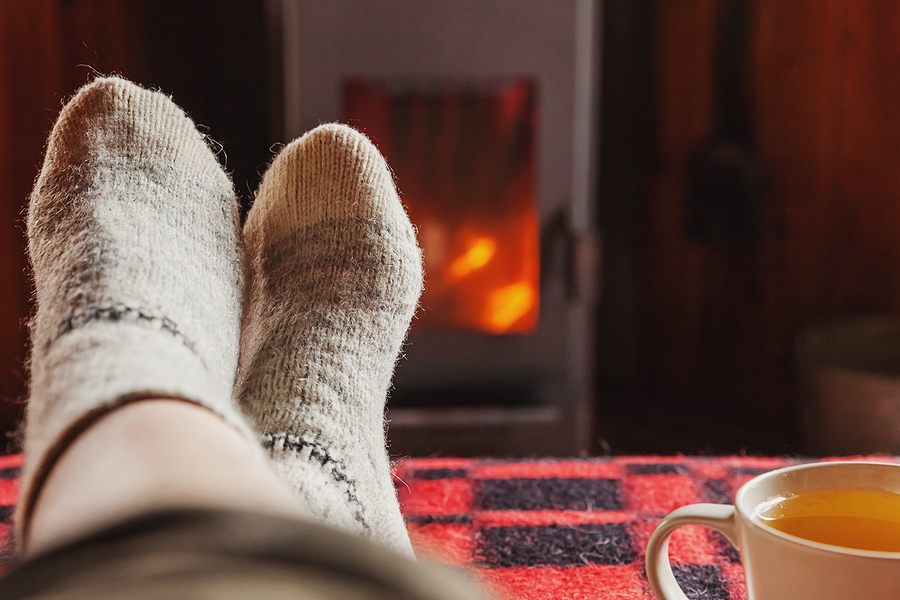
As the temperature drops, many homeowners turn to fireplaces, heaters, pellet stoves, and wood stoves to keep warm and create a cozy atmosphere. While these heating sources add comfort, it’s crucial to prioritize safety to prevent accidents and ensure a secure living environment.
Here are key things you need to know:
1. Fireplace Safety:
Fireplaces are a popular choice for adding warmth and ambiance to a home. To ensure safety, start with an annual inspection of your fireplace and chimney by a certified professional. Keep flammable materials like curtains and furniture at a safe distance, and always use a fire screen to prevent sparks from escaping. Regularly clean the ashes and dispose of them in a metal container, placing them far from the house.
2. Heater Safety:
Space heaters are a convenient way to warm specific areas, but they come with potential risks. Select heaters with safety features such as tip-over switches and overheat protection. Keep heaters on a level surface away from flammable objects, and never leave them unattended. Additionally, avoid using extension cords and always follow the manufacturer’s guidelines for proper usage.
3. Pellet Stove Safety:
Pellet stoves offer an eco-friendly heating alternative, but proper maintenance is essential for safety. Clean the stove and venting system regularly to prevent the buildup of creosote, a flammable byproduct. Keep the area around the pellet stove clear and follow the manufacturer’s instructions for pellet storage. Install a carbon monoxide detector in your home to ensure early detection of any potential issues.
4. Wood Stove Safety:
Wood stoves provide efficient heating, but they require careful handling. Have your stove and chimney inspected annually, and use seasoned hardwood to minimize creosote buildup. Maintain a safe clearance between the stove and any combustible materials. Install a heat-resistant wall shield and place a non-combustible rug in front of the stove to catch any sparks or embers.
5. General Safety Tips:
Install and regularly test smoke detectors and carbon monoxide detectors throughout your home. You should never use flammable liquids to start or accelerate a fire in fireplaces or wood stoves and be sure to educate all household members about fire safety, especially children, and establish a family evacuation plan.
Keeping your home warm with fireplaces, heaters, pellet stoves, and wood stoves can be both efficient and enjoyable, but safety must always be the top priority. Regular maintenance, proper usage, and adherence to safety guidelines will ensure that these heating sources bring warmth without compromising the well-being of your home and loved ones. By following these essential safety tips, you can enjoy a cozy and secure living space all winter long.
